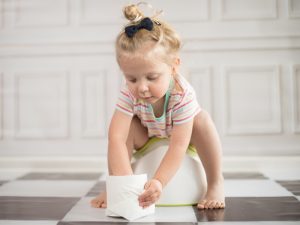Developmental Progression of
Mastering Functional Skills
Although being familiar with the average age that a child can be expected to perform a specific skill, it is just as important to know the developmental sequence that a child has to progress through, in order to reach a specific milestone.
The charts below are examples of a different way to approach learning developmental milestones by focusing on skill progression rather than focusing on age.
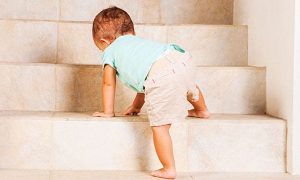 GROSS MOTOR SKILLS
GROSS MOTOR SKILLS
| 0-6 months | • Rolling • Sitting (initially with support) |
| 6-12 months | • Creeping and Crawling • Sitting independently • Transitioning into different positions • Pulling up into standing • Standing momentarily without support • Cruising |
| 12-18 months | • Starts walking independently • Attempts to run, or runs with stiff posture • Squats down to pick something up • Crawls up stairs and creeps back down • Pulls a toy behind themselves while walking • Throws underhand when sitting • Climbs up onto big chair and turns to sit • Starts to jump with both feet • Throws ball while standing |
| 18 months – 24 months | • Walks up and down the stairs while holding your hand • Runs reasonably well • Jumps with feet together, clearing the floor • Squats to play • Kick a ball forwards |
| 2-3 years | • Picking up toys from the floor without falling over • Throws ball overhand • Walking while holding a toy • Walks up the stairs alone with alternating feet • Walks downstairs with 2 feet on same step • Jumps from bottom step • Stands on 1 foot momentarily • Begins to ride a tricycle, initially moving forward with feet on the floor |
| 3-4 years | • Climbing on jungle gym • Pedaling a tricycle • Walking up and down stairs with alternating feet • Jumping with two feet together 5 times in a row • Walking on tip toes • Catching a ball (using the whole body, not just arms) • Participates in gross motor games. |
| 4-5 years | • Performs jumping jacks and toe touches • Walks up and down the stairs while carrying objects • Catches a ball with two hands |
| 5-6 years | • Begins to skip on alternating feet and gallop • Throws and catches a small ball • Stands on 1 foot for 10 seconds |
| 6-7 years | • Kicking a soccer ball with reasonable accuracy. • Walking backwards heel-toe • Walking on a balance beam • Using a skipping rope • Hopping on 1 foot • Catching a small ball using hands only • Riding a bike without training wheels |
FINE MOTOR- Hand Function 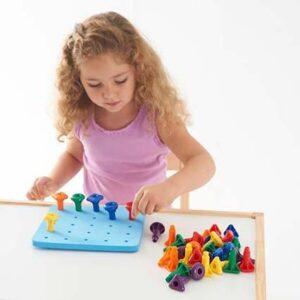
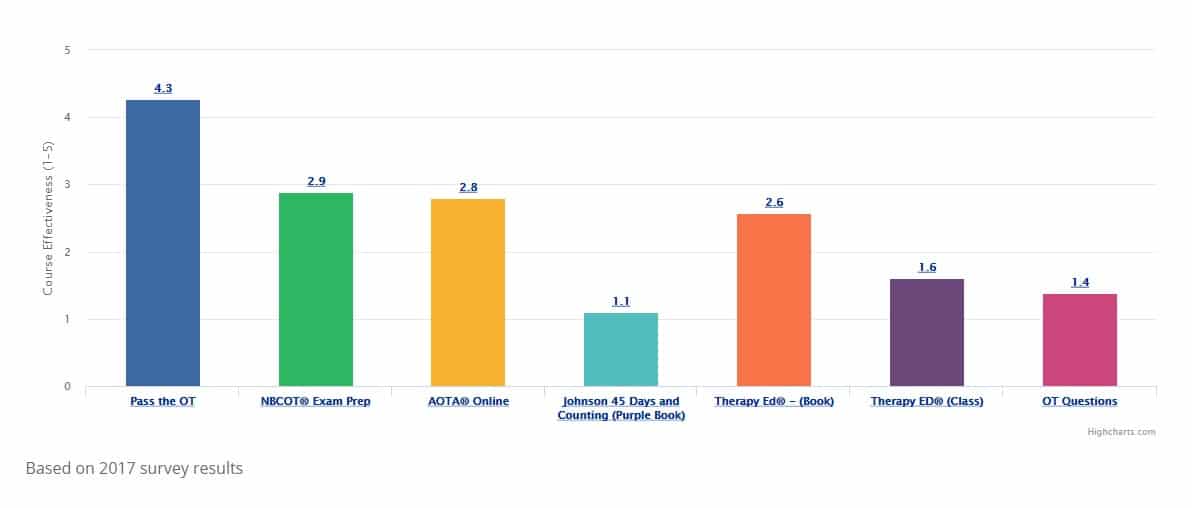



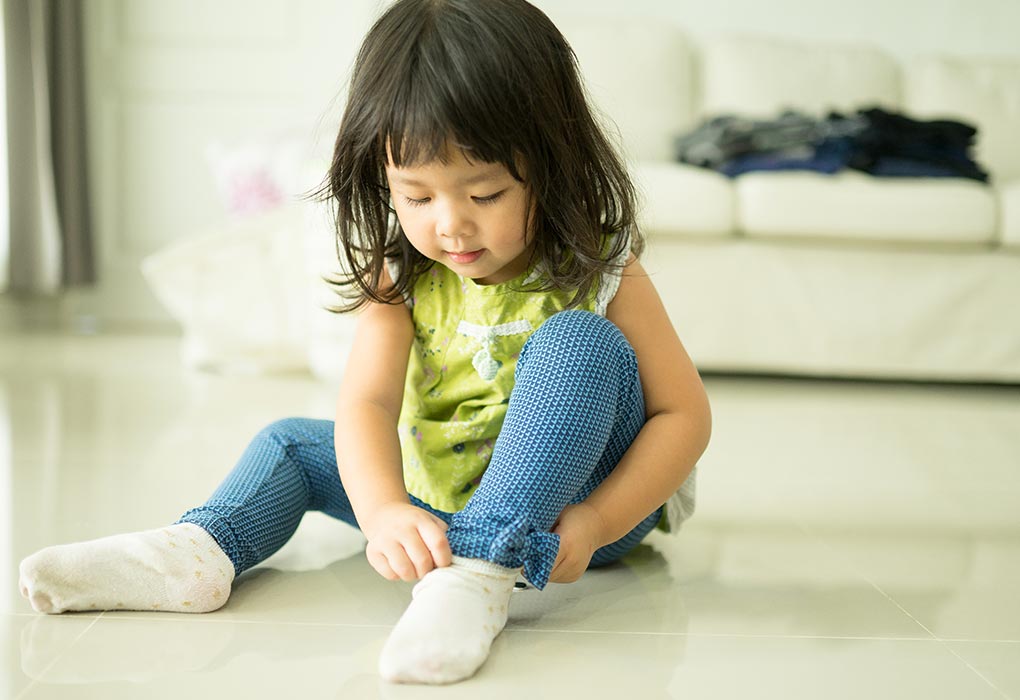 DRESSING
DRESSING 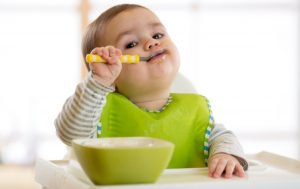 SELF-FEEDING
SELF-FEEDING